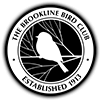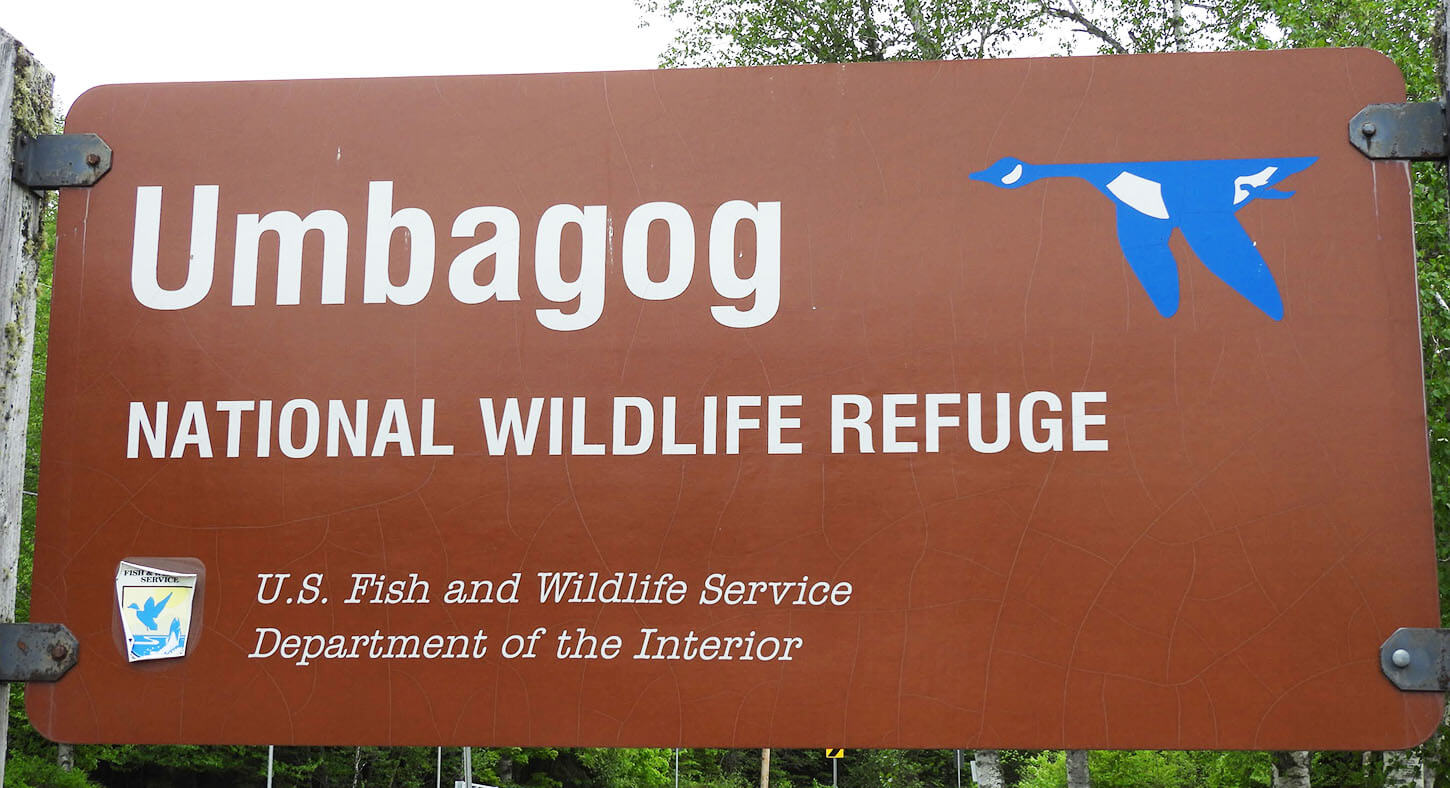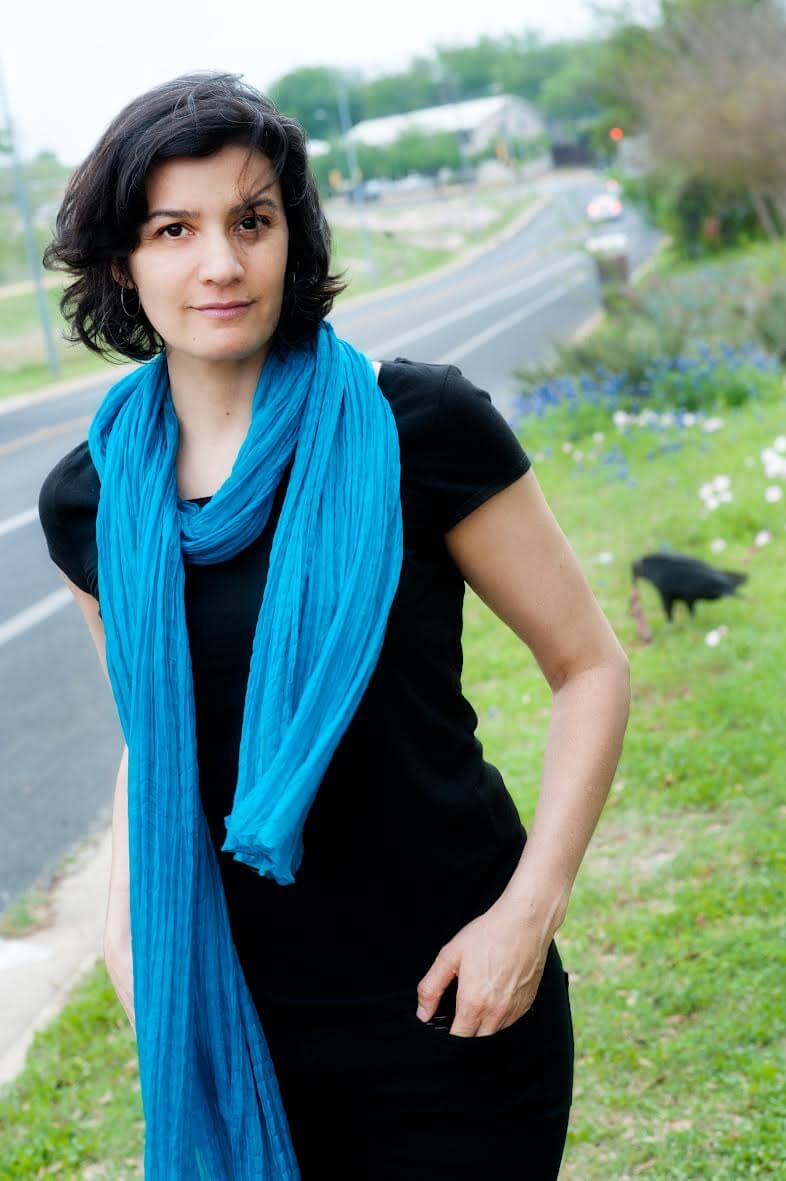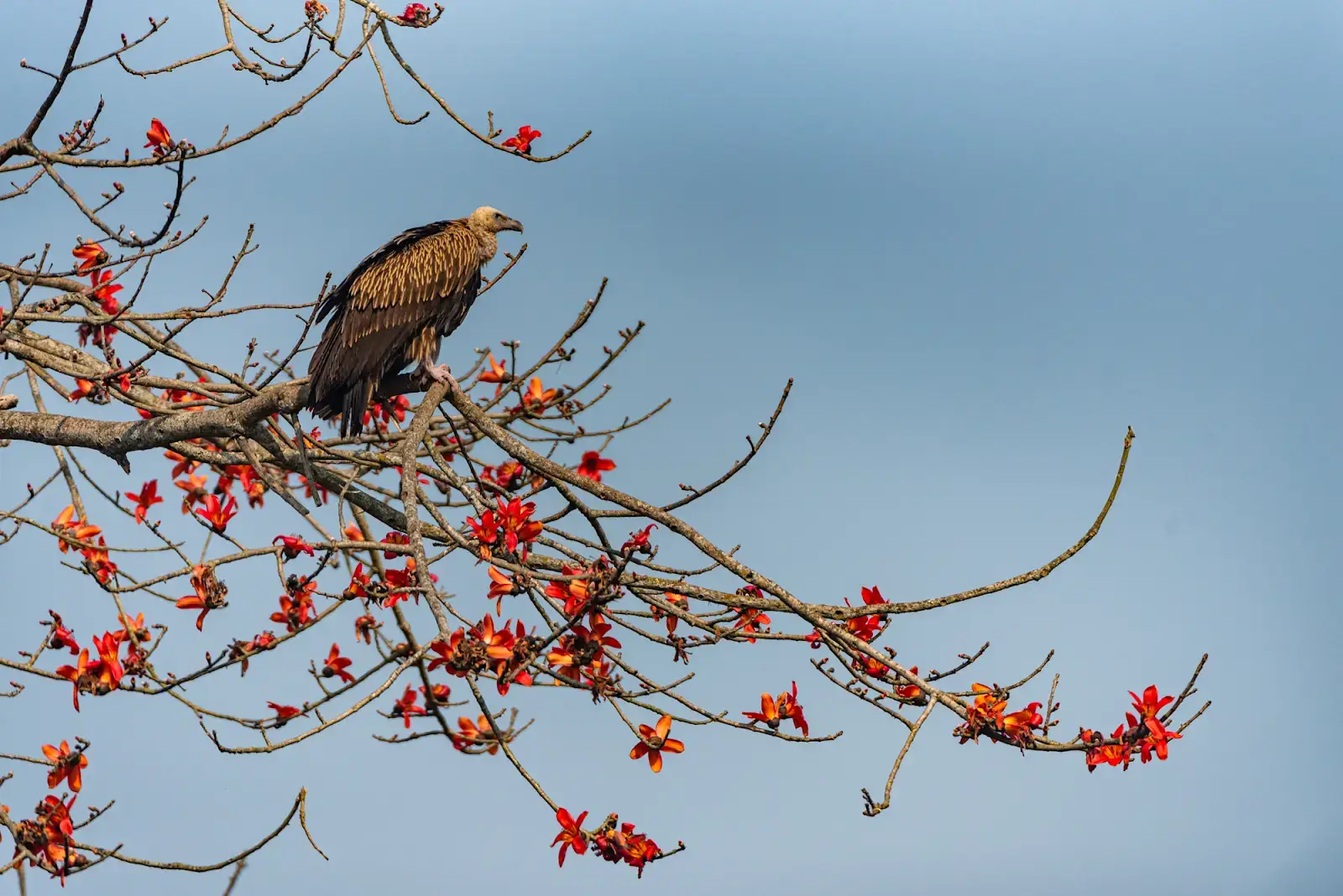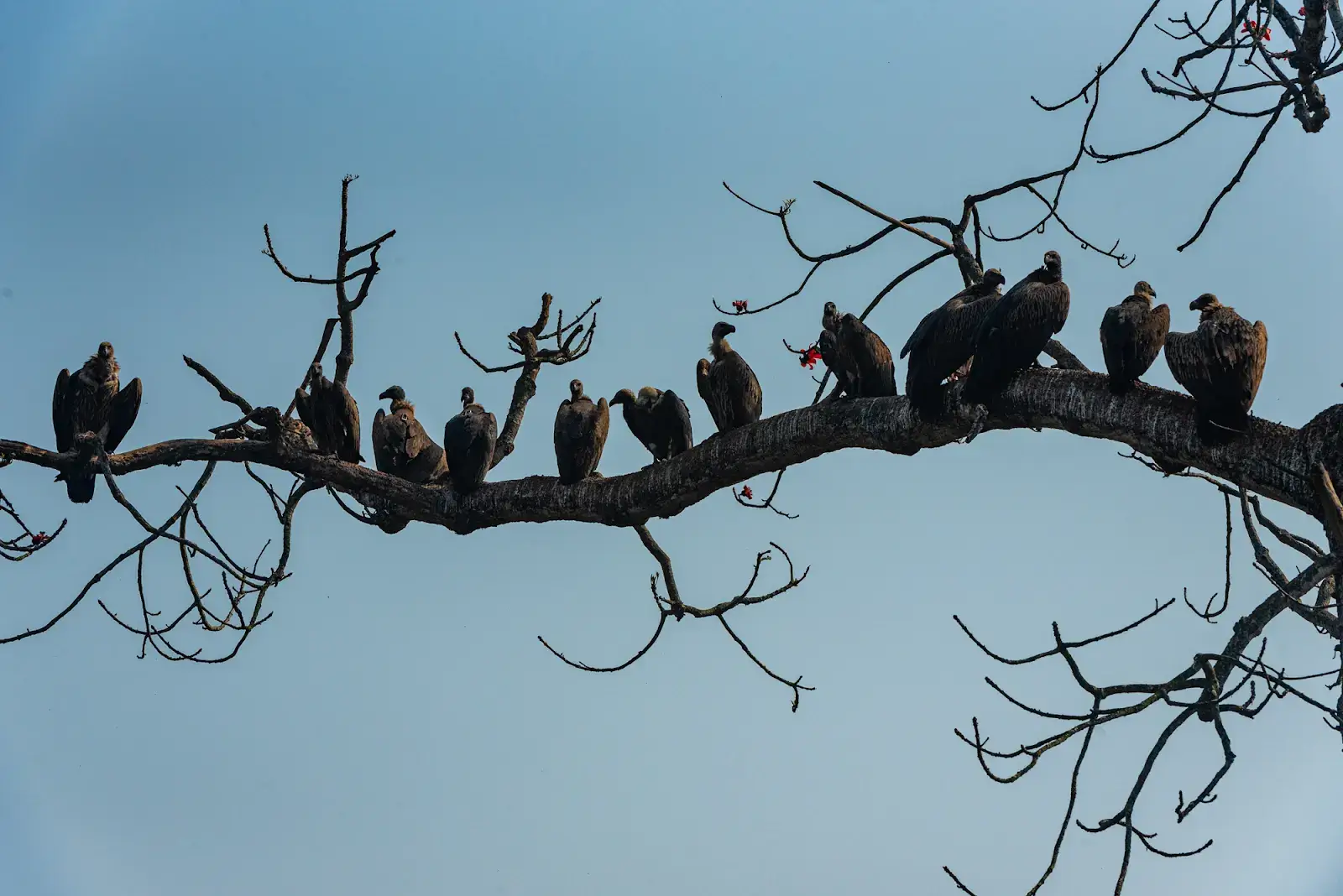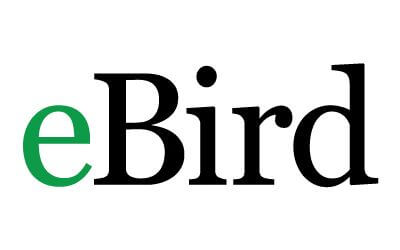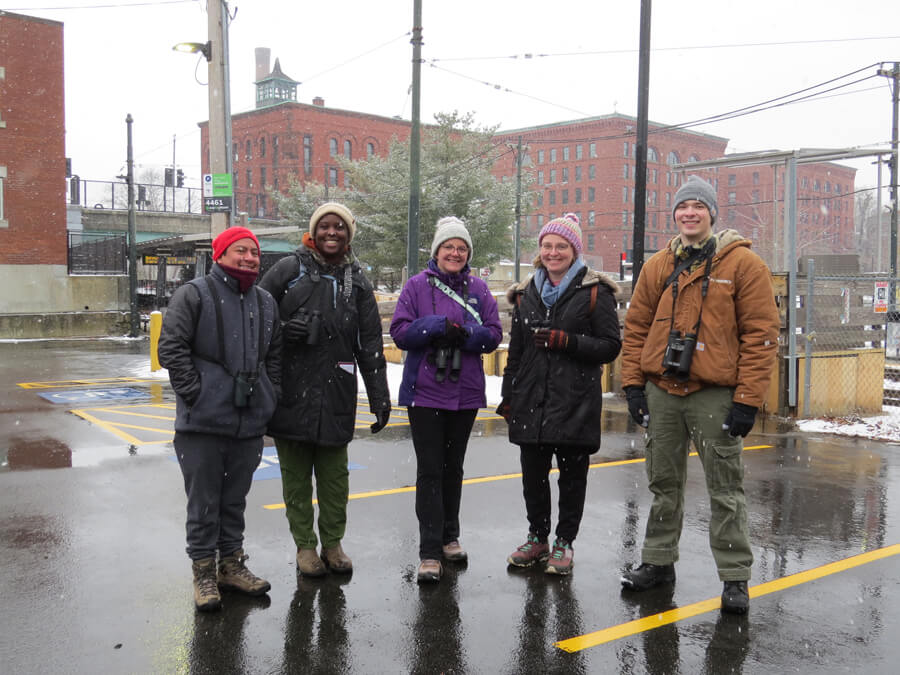Brookline Bird Club
2019 Statistical and Year-End Report
By David Scott, Club Statistician
The Brookline Bird Club recorded 285 species for 2019, based upon 182 reported trips (out of 249 that were scheduled). A total of 280 species were recorded in Massachusetts, with a further four species recorded only in Maine (Bicknell’s Thrush, Boreal Chickadee, Canada Jay and White-winged Crossbill) and Lapland Longspur from a trip in New Hampshire.
The bird of the year was undoubtedly the Bermuda Petrel, seen on a remarkable overnight pelagic trip from 21–22 September. Thought extinct for 300 years, rediscovered in 1951, and with the global population still in the low hundreds after intensive conservation efforts, this species was an incredible find. Other notable birds on that trip included five Black-capped Petrels, a Sabine’s Gull, a Brown Booby, a White-faced Storm-Petrel and a South Polar Skua. A full report of the pelagic trip is available on the BBC website. Other rarities seen by the club in 2019 included: Ross’s Goose (Plum Island, February 10), Red Crossbill (Dunback Meadow in Lexington, March 16), Caspian Tern (Burrage Pond, Halifax, May 4), Wilson’s Plover (Plum Island, September 22), Western Kingbird (Wellfleet Audubon, October 5) and Townsend’s Solitaire (Halibut Point, December 12). The winter of 2018/2019 also saw the largest irruption of Evening Grosbeaks for many years, and these were reported on three club trips.
Birds we missed: Canvasback, Glaucous Gull, Hudsonian Godwit, Marbled Godwit, Redhead, Snow Goose, Wilson’s Phalarope, Black-legged Kittiwake, Yellow-breasted Chat, Forster’s Tern, Tricolored Heron, Cattle Egret and Little Blue Heron.
There were 374 species reported for Massachusetts in eBird in 2019, of which the club’s total of 280 represented 75 percent. Across the state’s counties, we saw the most species in Essex (218), followed by Plymouth (159), Middlesex (150), Barnstable (134), Worcester (133), and Suffolk (127). As always, we scheduled the most trips for Mount Auburn Cemetery (42), and we recorded 114 species there, including 27 species of warblers.
The club has made excellent progress importing field trip reports directly into eBird. With many of the trips involving multiple locations, there were 328 checklists associated with the 182 reported trips. The most frequently reported species were: American Robin (186 checklists), Blue Jay (177), Song Sparrow (174), Black-capped Chickadee (156), Northern Cardinal (151), Mourning Dove (148), American Goldfinch (144), Mallard (143), Canada Goose (140), Downy Woodpecker (123), Red-winged Blackbird (123).
We would like to thank all 52 of our trip leaders for 2019, as well as those who organize and lead the pelagic trips. Special thanks to the following, each of whom led over 10 trips during the year: Dave Williams, Glenn d’Entremont, Linda Ferraresso, Nickilas Paulson and Peter Van Demark.
The following table shows the trips reporting the most species by month:
Date Location Species Leader
1/1 New Year’s Day, Essex County 57 Laura de la Flor/Mark Burns
2/16 Annual MASS Waterfowl Prowl 46 Eddie Giles
3/4 Cape Ann 24 Barbara Volkle
4/29 Westborough WMA 48 Nickilas Paulson
5/4 South Shore Century Run 112 Glenn d’Entremont
6/15 Mt Greylock 54 Glenn d’Entremont
7/14 Crane Pond WMA 51 Zack Weber
8/25 Plum Island 57 Neil Hayward
9/24 Plum Island 59 Dave Williams
10/5 Outer Cape Cod 84 Glenn d’Entremont
11/11 Plum Island 50 Dave Williams
11/30 Fairhaven 50 Glenn d’Entremont
12/12 Cape Ann 39 Barbara Volkle
The club held three evening meetings. The Winter meeting on February 9 in Bedford was a return of the Members’ Night, with club members presenting stories of recent birding trips (New Zealand’s southern islands; birding the Galapagos; and conservation birding in Ecuador); sharing their literary, photographic and video work. For many the highlight was a presentation from Norman Smith on his Snowy Owl research, which featured a guest appearance from a soon-to-be-released owl.
The Annual meeting on April 11, at Harvard’s Geological Lecture Hall in Cambridge, was particularly well-attended with over 200 people present. It featured Noah Strycker, who set a world big year record in 2015, detailed in his book, “Birding Without Borders”. His approach was to travel on a single continuous journey across the continents, enlisting local birders as guides along the way. In a memorable talk, he shared highlights from his trip, and concluded that while he might not recall each of the 6,042 species from his big year, he remembered every single one of the birders that he met along the way.
News Categories
Upcoming Field Trips
-
-
Belle Isle Marsh and Vicinity
East Boston - Belle Isle Parking Lot 1399 Bennington Street, Boston, MA, United StatesLed by DCR staff. We will search on foot up to one mile, on flat, easy terrain for snowy owls and other raptors, native sparrows, finches, waterfowl, and other birds. This is a traveling program by car or bike. Prepare for ticks. Ages: Adults and kids 8 years+ with adult chaperone. Binoculars recommended. ADA/Reasonable Accommodations [...]
-
CANCELLED – Early Birders @ Chestnut Hill Reservoir, Boston
Chestnut Hill Reservoir 2420 Beacon Street, Boston, MA, United StatesThis walk is CANCELLED due to a schedule conflict.
-
-
Race Point Beach
Provincetown - Race Point BeachLet’s start the year with some awesome birds! We will bird from the beach close to the parking lot. We may walk the beach depending on participants interest. Several species of alcids are possible as well as gannets, Iceland and Glaucous Gulls and three loon species. Dress for cold windy weather. We may try other [...]
-
New Year’s Day Birding — Newburyport and Vicinity
Newburyport - Cashman Park 68 Sally Snyder Way, Newburyport, MA, United StatesJoin us on our annual New Year’s Day birding trip! We may also venture on to Cape Ann. In case of inclement weather check with leader night before trip. Note that an entrance fee or pass is required to visit Parker River NWR.
-
Belle Isle Marsh and Vicinity
East Boston - Belle Isle Parking Lot 1399 Bennington Street, Boston, MA, United StatesLed by DCR staff. We will search on foot up to one mile, on flat, easy terrain for snowy owls and other raptors, native sparrows, finches, waterfowl, and other birds. This is a traveling program by car or bike. Prepare for ticks. Ages: Adults and kids 8 years+ with adult chaperone. Binoculars recommended. ADA/Reasonable Accommodations [...]
